Even today, thinking back on my first trip to Cambodia still gives me goosebumps. You’ve stopped here, so I’m guessing you’re planning your first trip to Cambodia – yippee!
Cambodia is an enthralling country with a rich history and culture just waiting to be discovered. The entire experience will alter your perception of Southeast Asia. You will meet wonderful locals who always wear a smile no matter what the situation requires.
As part of my work, I had the good fortune to spend a significant amount of time there. I’m delighted to share my experiences as both a tourist and a local.
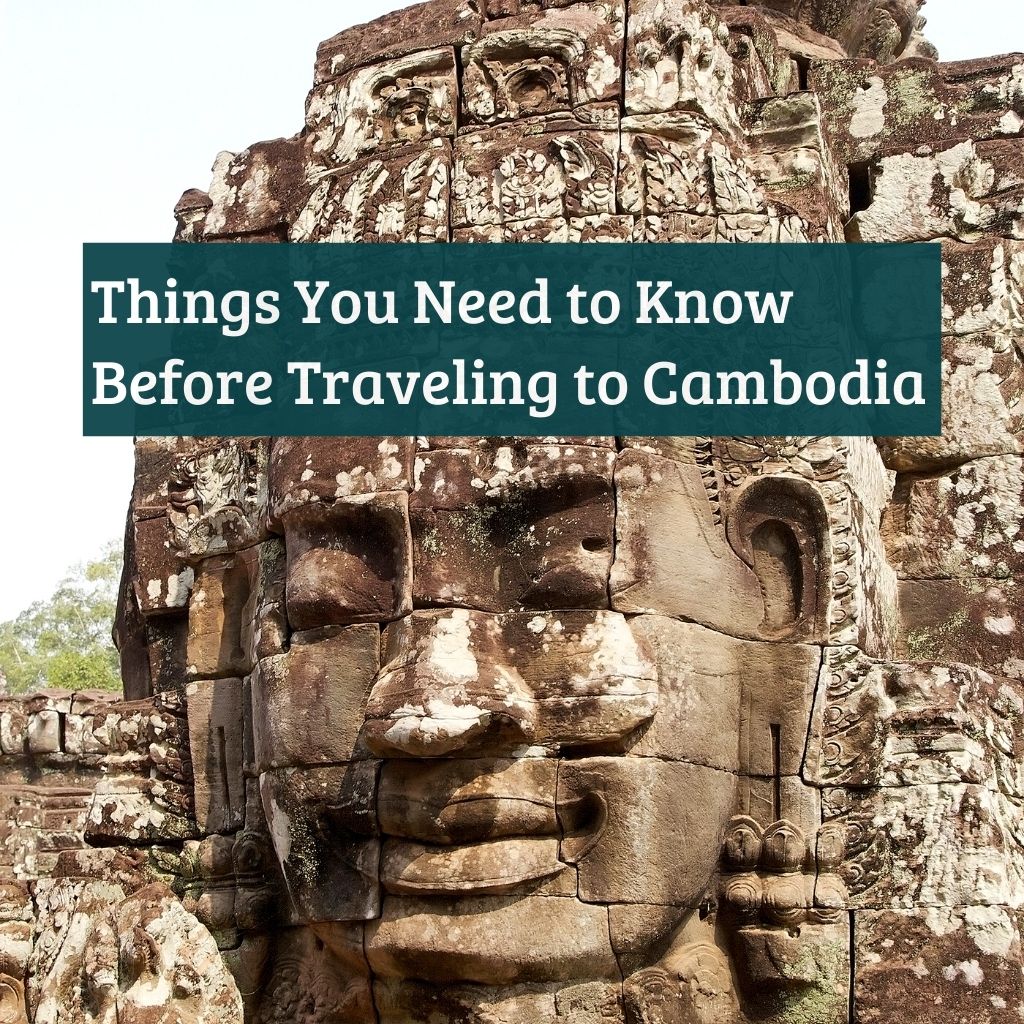
Before you visit, though, there are some things you need to know to make the most of your trip. This includes understanding the currency, what to expect with regards to weather and climate, and being aware of some of the scams that are common in this region. By educating yourself on these topics, you’ll be able to have a much more enjoyable and hassle-free trip. Here are the things you absolutely need to know before visiting Cambodia.

1. Cambodia uses the US dollar as its official currency
When I first arrived at Phnom Penh airport and saw all the prices in US dollars, I was perplexed. I assumed this was only true at the airport. However, I was surprised to discover that the US dollar is an official currency in Cambodia.
However, Cambodian riel is also used, and you’ll need to use it when tendering a change that is less than $1. The exchange rate is fixed at 4,000 Riels per dollar. It’s a good idea to have a mix of both dollars and riel on hand.
DID YOU KNOW?
Bank ATMs in Cambodia dispense US dollars!
2. It is amusing how they handle the bills, though…
I went to the supermarket and purchased items totaling 8,600 Riels. I paid $2 and 1,000 Riels expecting to receive 400 Riels change, but the cashier gave me a 500 Riels bill instead. When my next invoice was for 14,400 Riels, I paid $3 and 2,500 Riels but never received change. If they don’t have the bills, they’re not keen on 100 Riels. I discovered numerous 100 Riel bills among the trash.
They will not accept bills that have too many wrinkles or minor tears. They will not even accept older US dollar bills especially if it is of a higher value. A shopkeeper once denied an old $50 bill and joked that I had printed it myself. Make sure all your bills are in impeccable condition to avoid inconvenience.
DID YOU KNOW?
Cambodia does not have circulating Riel coins nor does it accept US coins.
3. The weather in Cambodia is tropical
Cambodia is located entirely within the tropics, and as such, the weather is fairly consistent throughout the year. You can expect things to be hot and humid, with temperatures ranging from 21-35 degrees Celsius.
The rainy season usually lasts from May to October, while the dry season is from November to April. The best time to visit Cambodia is during the dry season, as this is when you’ll have the most pleasant weather and can enjoy all the country has to offer without worrying about getting caught in a downpour.
DID YOU KNOW?
Cambodia does not have WINTER, and April is the hottest month.
4. Beware of bag snatchers in Phnom Penh
Bag snatching in Phnom Penh is real so, please pay attention to it. Cambodia is generally a safe country, but as with any place in the world, there is always going to be the dark side of the bigger cities.
There have been a lot of instances of local thugs pulling off bags or snatching mobile phones while driving a two-wheeler. They can even do it when you’re sitting inside a Tuk Tuk. They disappear in a few seconds before you could even react. So it’s important to be vigilant and keep your valuables close to you when you’re out and about in the city.
Do not leave your bags or phone unattended, even for a minute. If possible, carry a copy of your passport and other important documents in case you do become a victim of theft.
I had almost lost my phone twice while riding in a Tuk Tuk. Many Tuk Tuk drivers install metal grills or mesh on one side to prevent bag snatching and recommend that you keep your bags facing that direction.
DID YOU KNOW?
The police in Phnom Penh rarely file a complaint when tourists are the victims of bag snatching.
5. Cambodia has one of the cheapest SIM cards in the world
It is worthwhile to purchase a local SIM card if you intend to stay in Cambodia for longer than a few days. You can get a local SIM card for as little as $1 and top it up with about $3 to get enough 4G data and make a few free local calls.
Cambodia has more than five cellular operators, and each one has a counter once you exit the baggage claim area. By providing a copy of your passport, they will issue you a local SIM card. They offer a variety of plans, including weekly, data-only, and monthly options. The longer the duration, the cheaper the plan.
DID YOU KNOW?
SIM cards in Cambodia offer much cheaper plans if you only want to use social media and chat applications.
6. There’s a lot of English in Cambodia
One of the things that surprised me the most about Cambodia was how much English is spoken here. While the national language is Khmer, a lot of people, especially those associated with tourism, can communicate quite well in English. You will, however, need to learn some Cambodian English grammar and dialects. “Don’t have” is usually “no have.”
Of course, there will be some language barrier, but not as big as I thought. I had no problem communicating with locals, be it ordering food, taking a Tuk Tuk, or even haggling for prices at the markets.
DID YOU KNOW?
Many English words with “s” and “c” are difficult for Cambodians to pronounce. The word “ice” is pronounced “eye.”
7. However, it’s good to know a little Khmer
Learning a new language while traveling is always beneficial. It demonstrates that you are attempting to learn about the culture and way of life of the country you are visiting. The same is true for Khmer, which will greatly assist you to learn how to make local friends.
Cambodians are genuinely friendly and eager to help tourists. They will appreciate it even more if you can say Sou sdey (hello), Ah kun (thank you), and Leahaey (goodbye) in their language.
DID YOU KNOW?
Unlike the decimal system, Khmer has a bi-quinary counting system with a base of 5 and 10.
8. Visiting Cambodian temples requires a dress code
When visiting temples in Cambodia, it is important to dress respectfully. This means avoiding shorts, tank tops, and other revealing clothing. It is customary to always cover your shoulders and legs. Do not wear shoes inside the temple. If you are not sure what to wear, it is better to err on the side of caution and choose more conservative clothing. Remember that you are visiting a sacred place, and dress accordingly. Here is a guide to Cambodian etiquette.
DID YOU KNOW?
It is forbidden for women to touch monks in Cambodia or to sit too close to them.
9. Haggling is pretty much everywhere
Cambodians love to haggle, and it is expected that you will try to negotiate the price of everything from souvenirs and buying at local markets to Tuk Tuks. The general rule of thumb is to start at about 50% (sometimes even much lower) of the asking price and work your way up from there. It is also common to walk away from the vendor if you cannot agree on a price. Chances are, they will call you back and offer a better price.
Of course, some things are not negotiable, such as entrance fees to Angkor Wat or museums. But for everything else, haggle away!
DID YOU KNOW?
For the same item, vendors will quote tourists from different countries at a different price.
10. Don’t drink the tap water
In many parts of the world, tap water is perfectly safe to drink. However, this is not the case in Cambodia. Due to a lack of proper treatment facilities, the water that flows from the taps in Cambodia is highly contaminated. As a result, it can pose serious health risks especially Typhoid and stomach upset. The best way to avoid these risks is to stick to bottled water, which is widely available throughout the country. It isn’t costly either.
It is essential to take out comprehensive travel health insurance before traveling to Cambodia. It is crucial to be covered against unpredictable healthcare costs and illnesses while exploring. It is not a problem if you have forgotten to have travel insurance and have reached Cambodia. You can purchase the best travel insurance coverage from SafetyWing even during the middle of your trip.
DID YOU KNOW?
In Cambodia, water-borne diseases kill one in five kids.
11. Avoid eating raw vegetables and meat
Another food safety hazard in Cambodia is the lack of refrigeration, which can lead to food poisoning. To avoid getting sick, it is best to avoid eating raw vegetables and meat. These items are more likely to be contaminated than cooked food. If you must eat them, make sure they are washed thoroughly in clean water.
Following a vegetable salad in one of the fine dining restaurants in Phnom Penh, I developed a severe stomach infection and had to abandon my visit to Angkor Wat. I lost $200 in booking fees.
DID YOU KNOW?
It is estimated that 3 out of 10 tourists get E Coli infections in Cambodia.
12. Don’t buy things from kids
It is not uncommon to see children begging or selling things on the streets of Cambodia. While it may be tempting to buy something from them, it is best to resist the urge. By doing so, you are supporting child labor and keeping these kids out of school.
If you want to help, consider donating to a reputable charity that works to help street children in Cambodia.
DID YOU KNOW?
There are an estimated 25,000 street children in Cambodia.
13. Tuk Tuk is the primary mode of transportation
If you’re planning on getting around Cambodia, the best way to do so is by Tuk Tuk. They are motorized rickshaws (3-wheeler taxis) that can seat up to four passengers (sometimes more). They are a popular mode of transportation in Cambodia, and they are relatively cheap.
The average price of a Tuk Tuk ride in Cambodia is $5 for a distance of 5-7 kilometers. However, prices will vary depending on the distance and time of day. It is also important to negotiate the price with the driver before getting in. I would always start with 40% less.
DID YOU KNOW?
The name “Tuk Tuk” comes from the engine sound that these vehicles make when they are driven.
14. Pack sunglasses, hats, face masks and an umbrella
Be sure to pack sunglasses, hats, face masks and an umbrella. The country experiences high temperatures and a lot of dust, so sunglasses and face masks will help protect you from the scorching sun and dusty conditions. Hats are also a good idea to keep the sun off your face. And although it’s not common, Cambodia does experience sudden rainfall, so it’s always a good idea to have an umbrella on hand. You can read How to pack like a pro.
15. Start your day early, take an afternoon nap
If you want to avoid the heat, it is best to start your day early and take an afternoon nap. The temperatures in Cambodia can be quite unbearable during the midday hours, so it’s best to rest indoors during this time. By starting early, you can avoid the crush of tourists during peak season. The majority of temples open at 7 a.m.
16. The creepy crawly cuisine of Cambodia ($0.50 for a photo)
Don’t be surprised because Cambodians enjoy eating bugs such as crickets, cockroaches, amphibians, and reptiles. They are freely available in vet markets and on the streets. You are permitted to take photographs, but you must pay a fee of $0.50 or $1. However, if you buy from the vendor, the photo is free.
17. Don’t fall for tourist scams
Cambodia is notorious for tourist scams, so it’s important to be aware of them before you arrive. Some of the most common scams include:
- The Gem Scam: You will be approached by a friendly local who strikes up a conversation with you. They will then offer to take you to a shop where you can buy gems at a fraction of the price. The shop will be owned by their family or friends, and you will be pressured to buy something.
- The Buddha Scam: You will be approached by a local who asks if you want to buy a Buddha statue. They will then take you to a shop where they will try to sell you an overpriced statue.
- Baby Milk Scam: A mother with a child will beg you to buy milk near the supermarket. They will return the packet to the supermarket after you have left and evenly divide the money between them.
18. Tourists pay entrance fees, locals don’t
Locals are not required to pay any fees to visit any of Cambodia’s tourist attractions, including floating villages, temples in the Angkor complex, and museums. If your Tuk Tuk driver or tour guide requests payment for his entrance fees, refuse to do so.
Cambodia is still a very safe place for tourists
Although Cambodia has a dark history, it is now a safe and welcoming country for tourists from all over the world. In recent years, the tourism industry has boomed, and the Cambodian government has made a concerted effort to crack down on crime and improve safety conditions. As a result, tourist hotspots like Siem Reap, Sihanoukville, and Phnom Penh are now well-patrolled, and incidents of violence against tourists are rare. Of course, no destination is completely free of risk, but in general, Cambodia is a safe place to travel, especially for women and solo backpackers.
Cambodians depend a lot on tourism, and they know not to kill a goose that lays golden eggs.

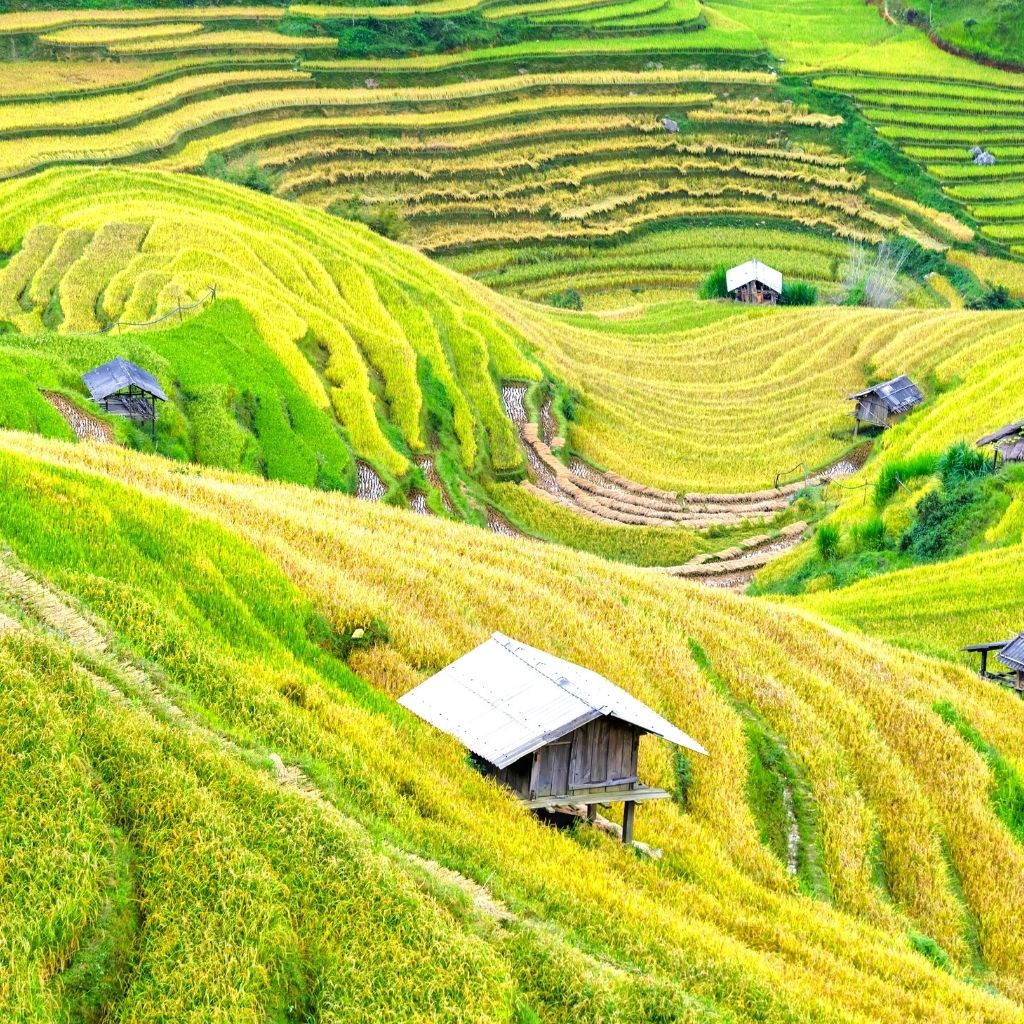
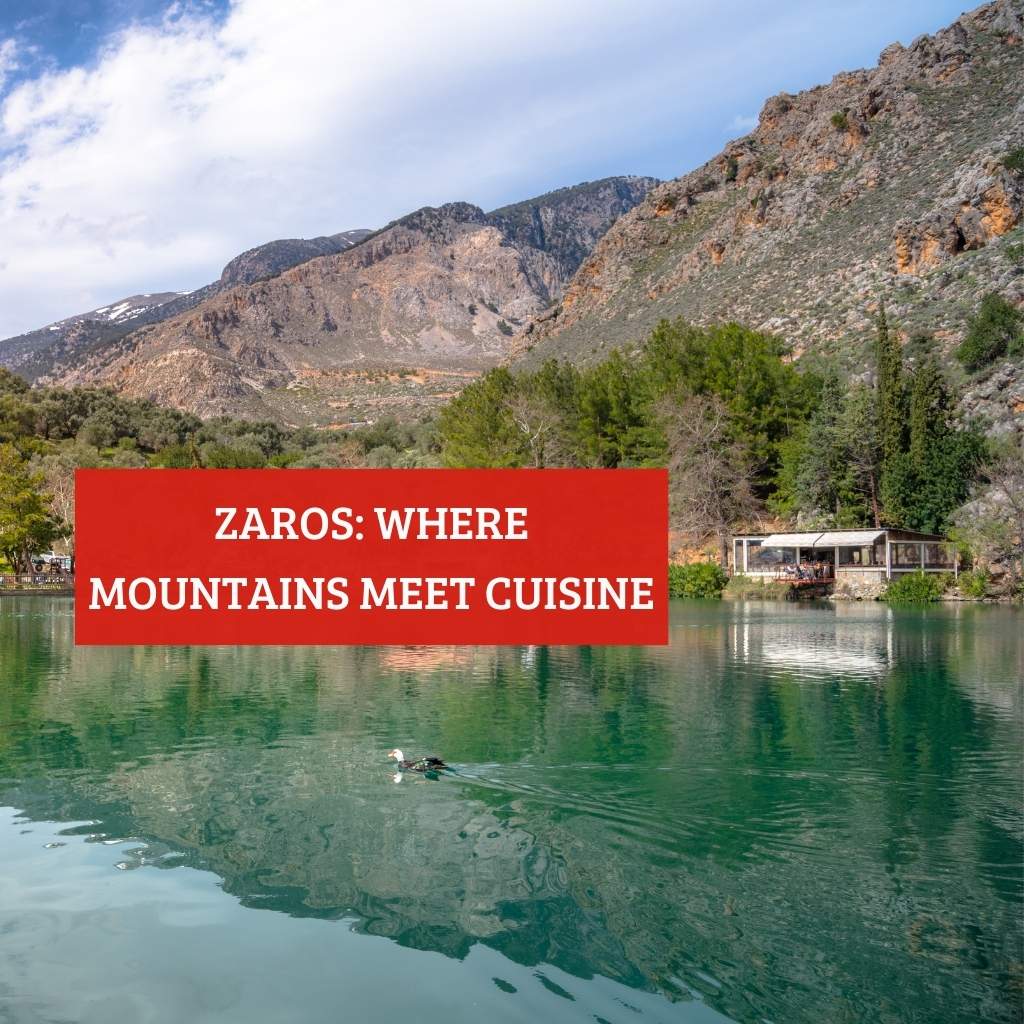
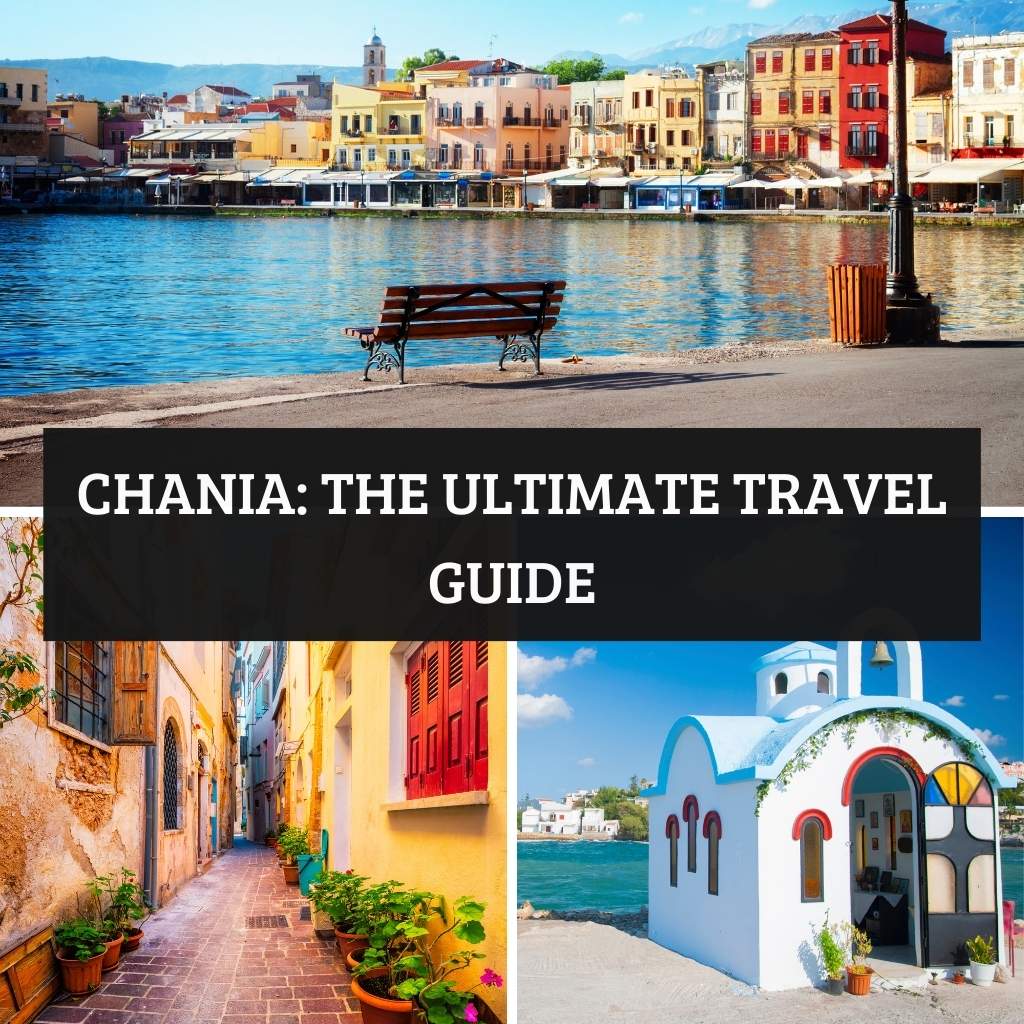
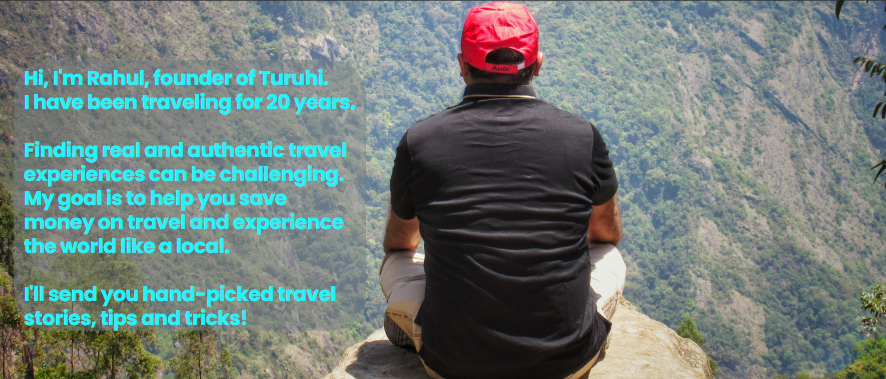
All sensational tips Rahuldev from someone who’s spent a good deal of time there. Never buy from kids because I’ve read that organized crime gets most of the many and of course, kids selling wares on the streets all day are not in school. Avoid drinking tap water, eating raw veggies and meats and visiting slow-business street stalls. Most hawkers experiencing small business gains may keep re-serving old, parasite-ridden food long after the expiry-safety date.
Ryan
Thanks Ryan